Carbon dioxide for a stable aquarium ecosystem
Aquatic plants, just like any living organism, require the right blend of nutrients to thrive. These nutrients include nitrogen, potassium, phosphate, trace elements, and, most importantly, carbon. Carbon plays a pivotal role as it serves as the essential energy source for these plants.
During photosynthesis, which can be considered the lifeblood of Earth's ecological balance, plants harness the power of sunlight to transform carbon dioxide and water into sugar, a critical form of energy storage. In this process, aquatic plants depend entirely on the presence of dissolved carbon dioxide (CO2) in the water.
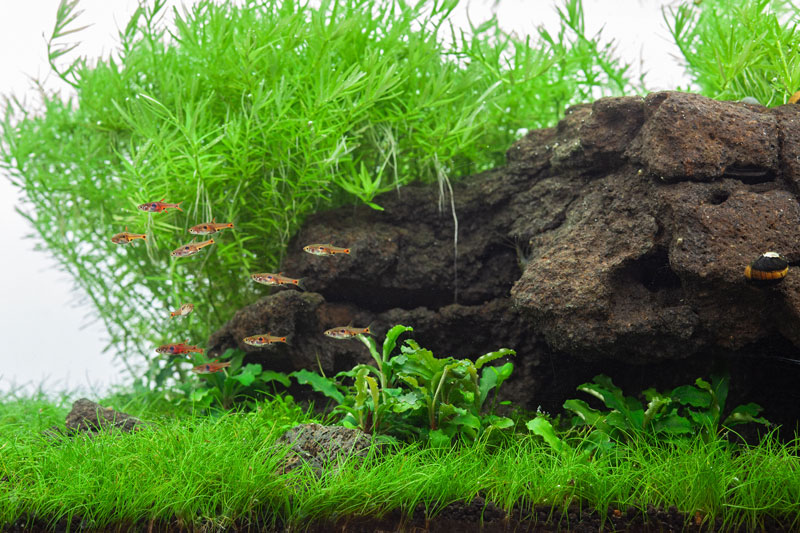
In natural water bodies, CO2 levels are usually abundant. However, within the enclosed system of an aquarium, CO2 can often be deficient. A clear indicator of this deficiency is the stunted growth of your plants.
But it's not just about aesthetics. Lush, robust, and vibrantly colored plants serve as your allies in keeping algae at bay. Thriving plants outpace algae in nutrient consumption, thus crowding out their biological niche. Moreover, as plants photosynthesize, they release oxygen, which benefits both your aquarium's inhabitants and the vital filter bacteria. Healthy plant roots also create a unique microclimate in the substrate, preventing the formation of oxygen-deprived zones.
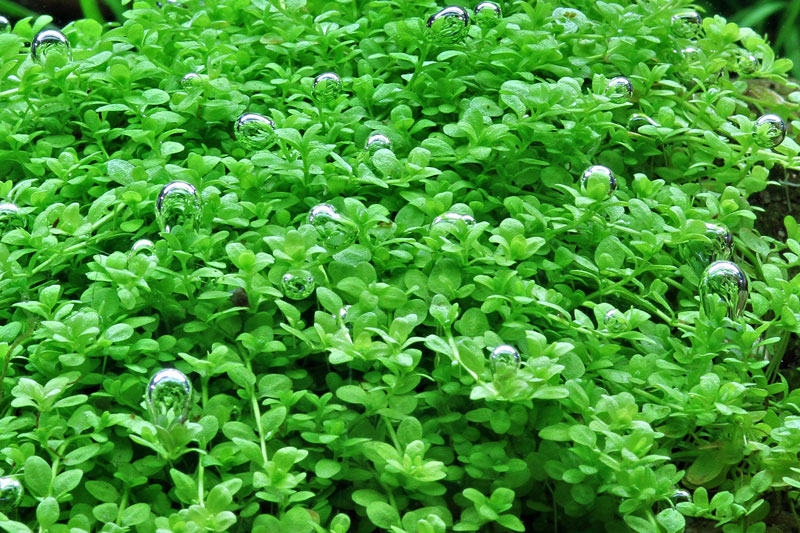
A well-functioning aquarium can be recognized by the flourishing health of its plants. When plants thrive, the entire ecosystem flourishes. Achieving the captivating allure of a stable, healthy aquarium is often unattainable without the assistance of CO2.
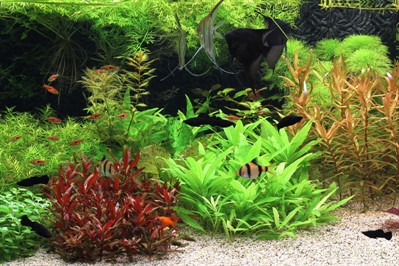 |
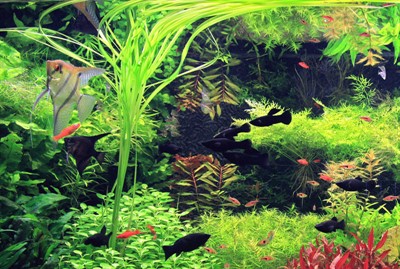 |
Carbon stands as one of the cornerstone nutrients for aquatic plants. Without carbon, their ability to photosynthesize and generate energy is compromised. This photosynthesis process, which relies heavily on sunlight, is a fundamental aspect of Earth's ecological balance.
On land, terrestrial plants can access ample CO2 from the atmosphere. However, aquatic plants solely depend on dissolved CO2, which is often lacking in artificial systems. Carbon is the fundamental building block for both terrestrial and aquatic plant tissues.
For a flourishing aquarium ecosystem adorned with vibrant, healthy plants, alongside fish and invertebrates, a steady supply of carbon is imperative. However, it's crucial to maintain the right balance between light, CO2, and nutrients. Overloading any one of these elements can lead to an unwanted surge in pest algae populations.
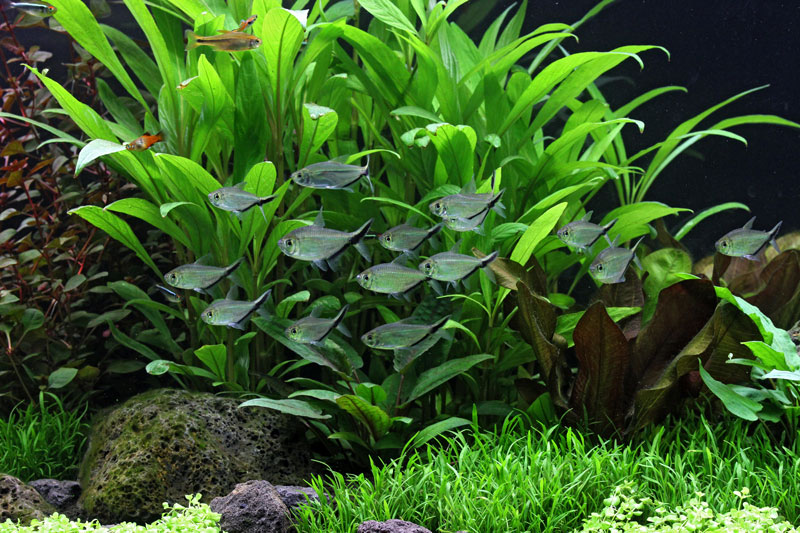
Should you decide to introduce a CO2 injection system to your aquarium setup, you must ensure that the plants receive adequate light while also providing essential nutrients and trace elements to the substrate and water.
Determining the right CO2 dosage is essential. Excessive CO2 can lead to an undesirable drop in pH levels, which may affect your aquarium's inhabitants, particularly during the morning hours. High CO2 levels can inhibit their breathing and even lead to suffocation in extreme cases.
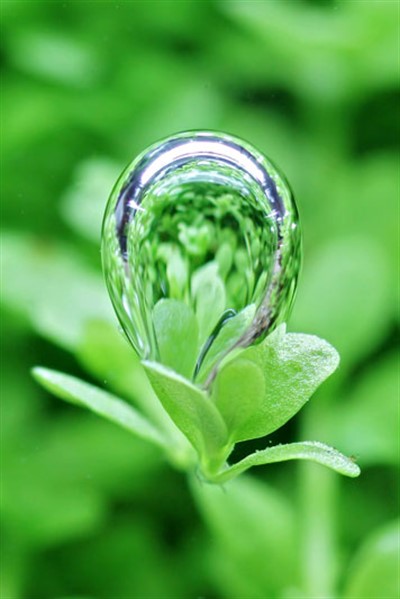 |
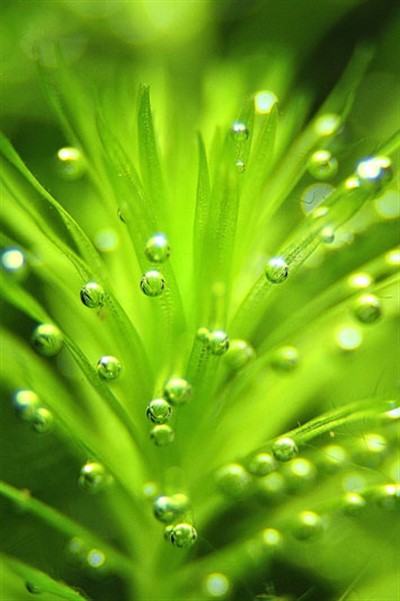 |
CO2 Supply - Introducing Carbon Dioxide to Your Aquarium
Beyond natural sources of CO2, there are CO2 injection systems equipped with disposable and recyclable pressurized gas cylinders. These cylinders contain liquid CO2 under relatively high pressure, necessitating the use of a pressure reducer for precise dosing.
Remember, always store pressurized gas cylinders upright. Liquid CO2 resides in the lower part of the cylinder, while the upper part contains gaseous CO2. As CO2 evaporates, temperatures within the cylinder drop significantly due to evaporative cooling.
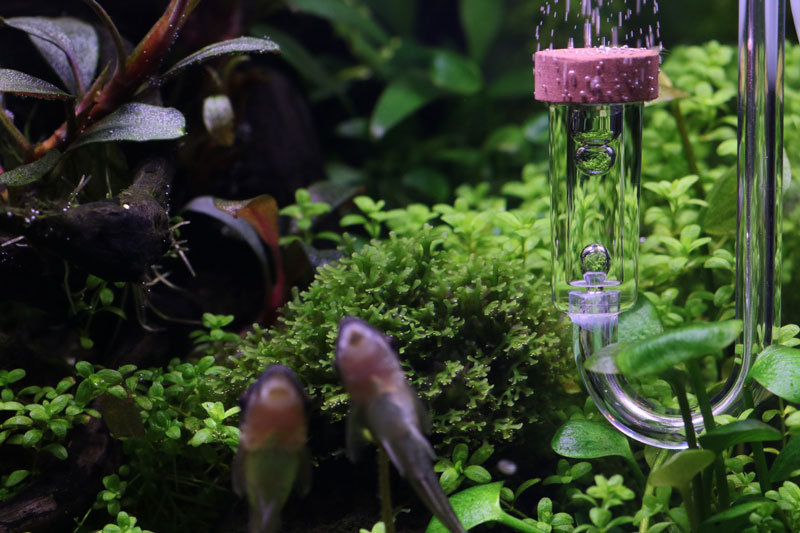
Laying the cylinder on its side can lead to frozen valves, resulting in uncontrolled CO2 release.
The pressure reducer plays a crucial role in the reliability and consistency of the CO2 system. It also determines how easily you can adjust the CO2 dosage, often referred to as the "bubble count." The pressure reducer's task is to lower the pressure from around 60 bar inside the bottle to a range that allows for precise control, usually 5-60 bubbles per minute.
To maintain CO2 integrity, connect the pressure reducer to a specialized CO2-tight hose. Standard silicone hoses and PVC air hoses are unsuitable, as they allow excessive CO2 diffusion through their walls. Shortly after the pressure reducer, insert a specialized CO2 check valve into the hose to prevent aquarium water from entering the pressure reducer or CO2 cylinder.
A helpful guideline is to aim for 20-30 mg of CO2 per liter of water, striking the right balance for the health and vitality of your aquatic plants.

Factors, that influence the amount of CO2 a biological system needs
High demand:
- open-topped tank
- large surface- to-volume ratio
- intense light
- high amount of fertilizer
- a large number of animals
- higher temperatures
- many plants
- a fast-running filter
- strong water movement
- additional aeration
Low demand:
- tank with lid
- small surface-to- volume ratio
- low light
- low fertilizer dosage
- low number of animals
- unheated tank at room temperature
- low number of plants
- slow-running filter
- not much water movement
- no additional aeration

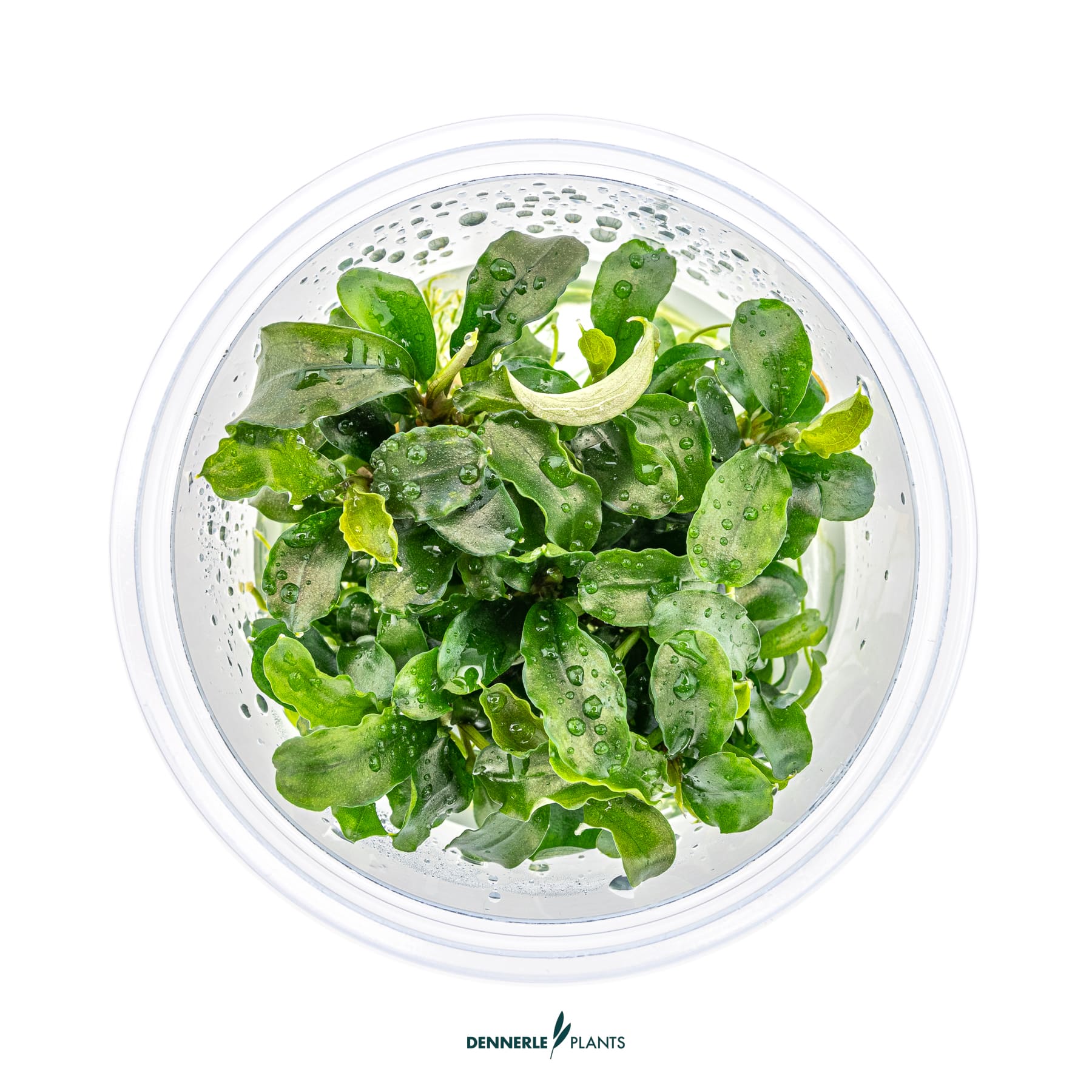
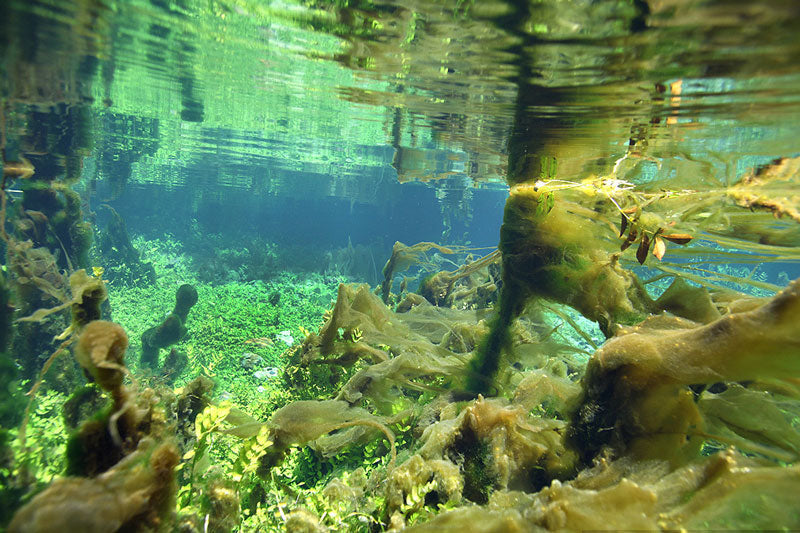

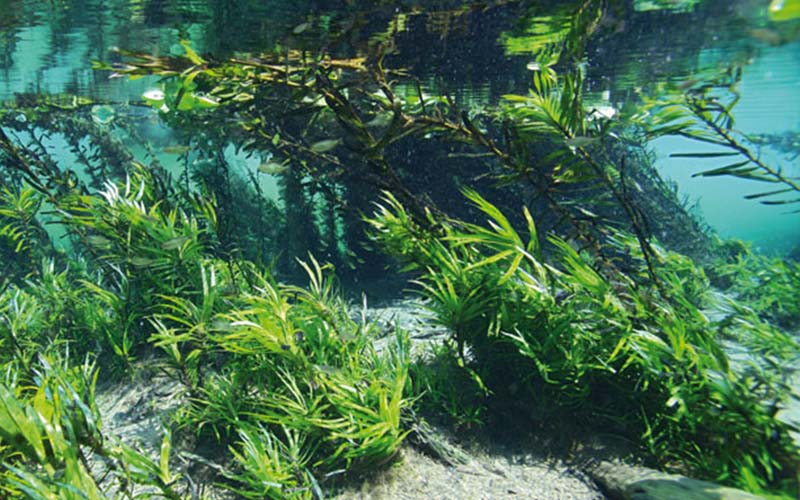
Leave a comment
This site is protected by hCaptcha and the hCaptcha Privacy Policy and Terms of Service apply.